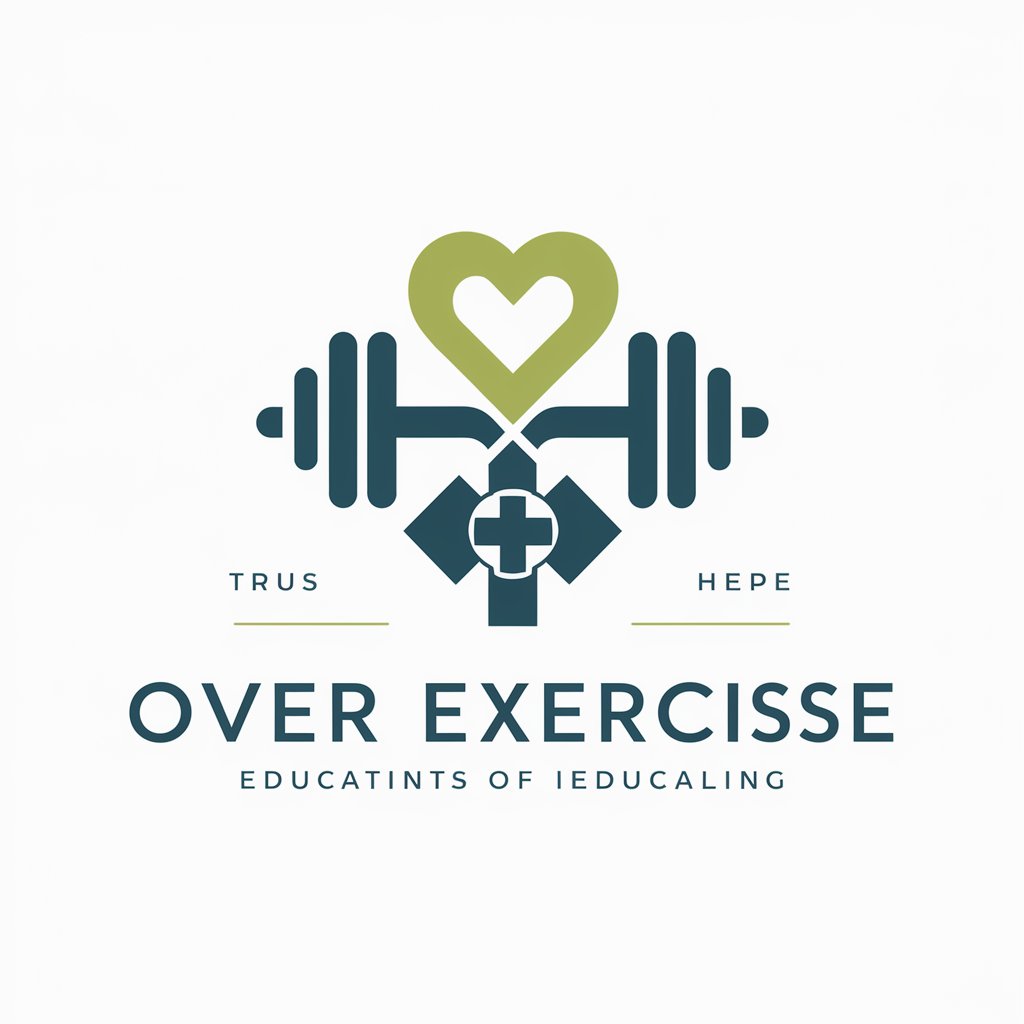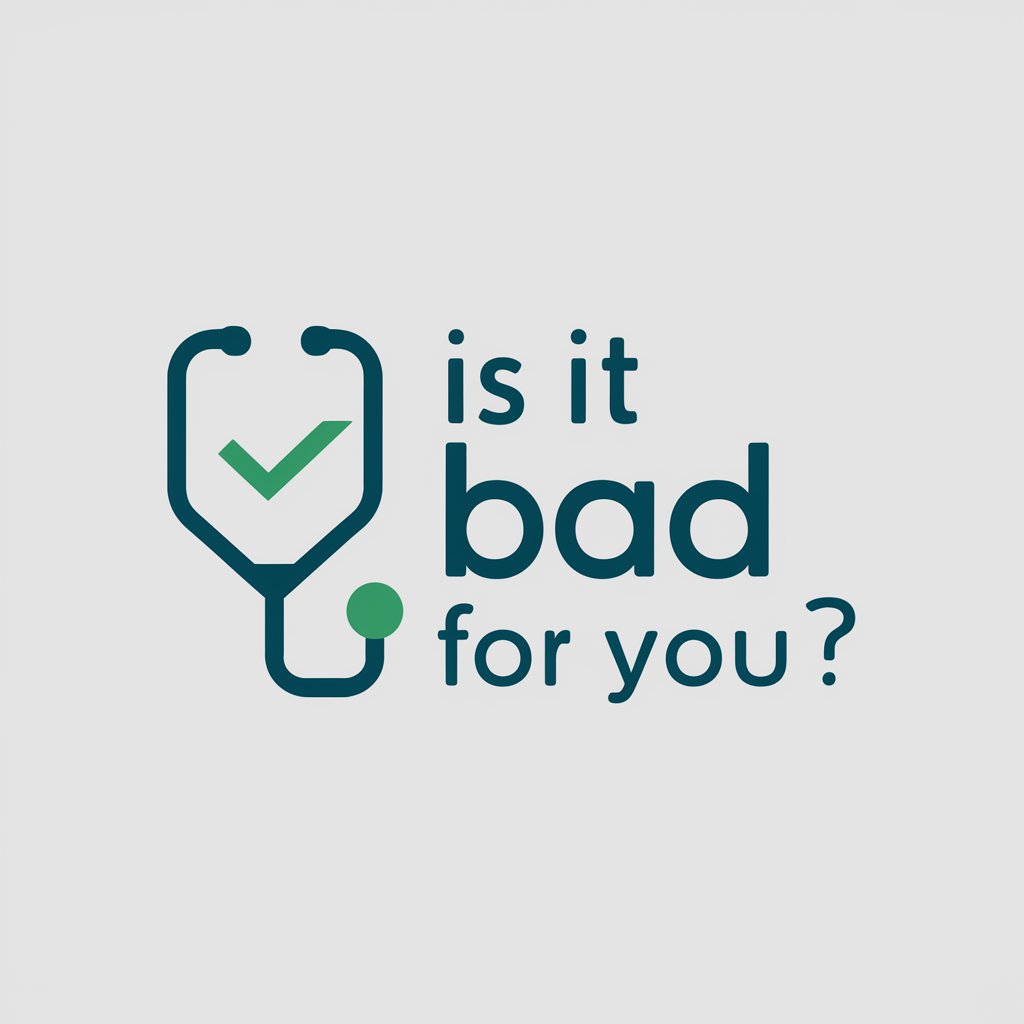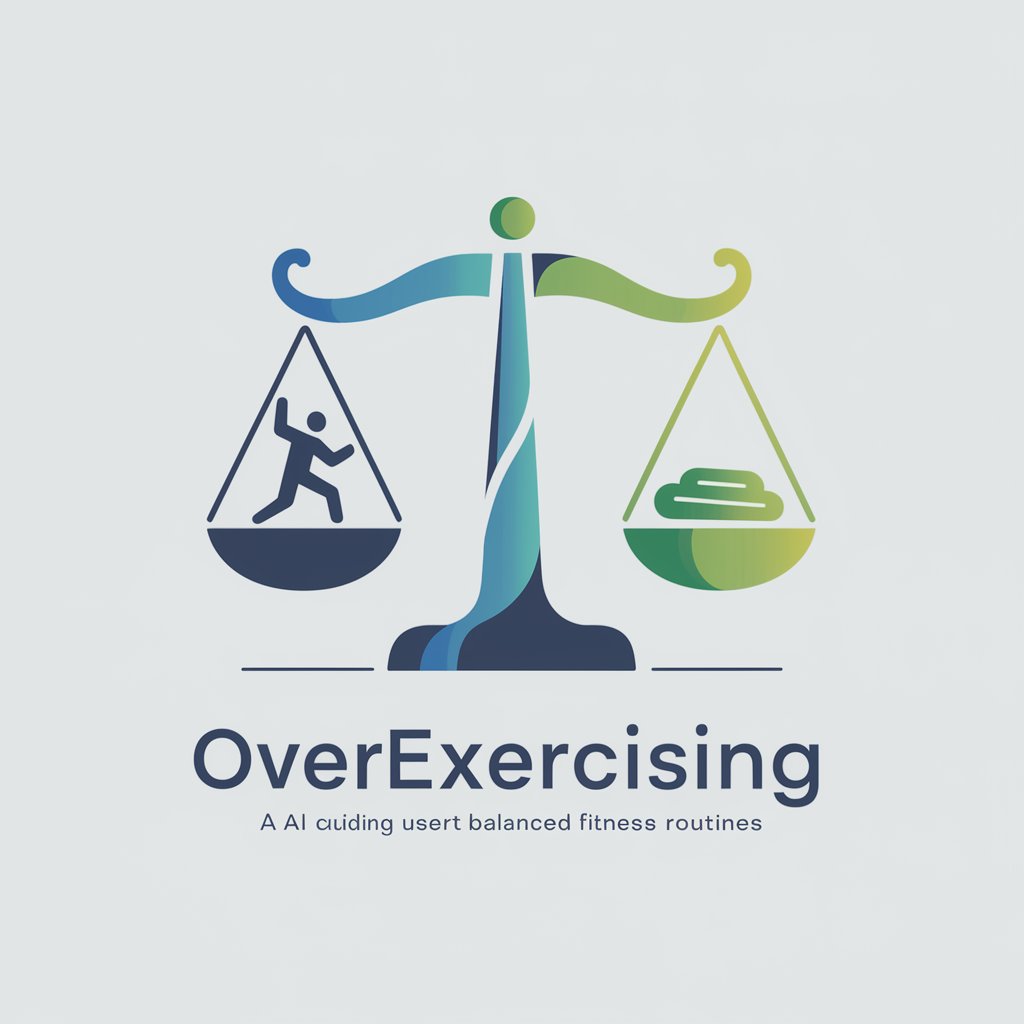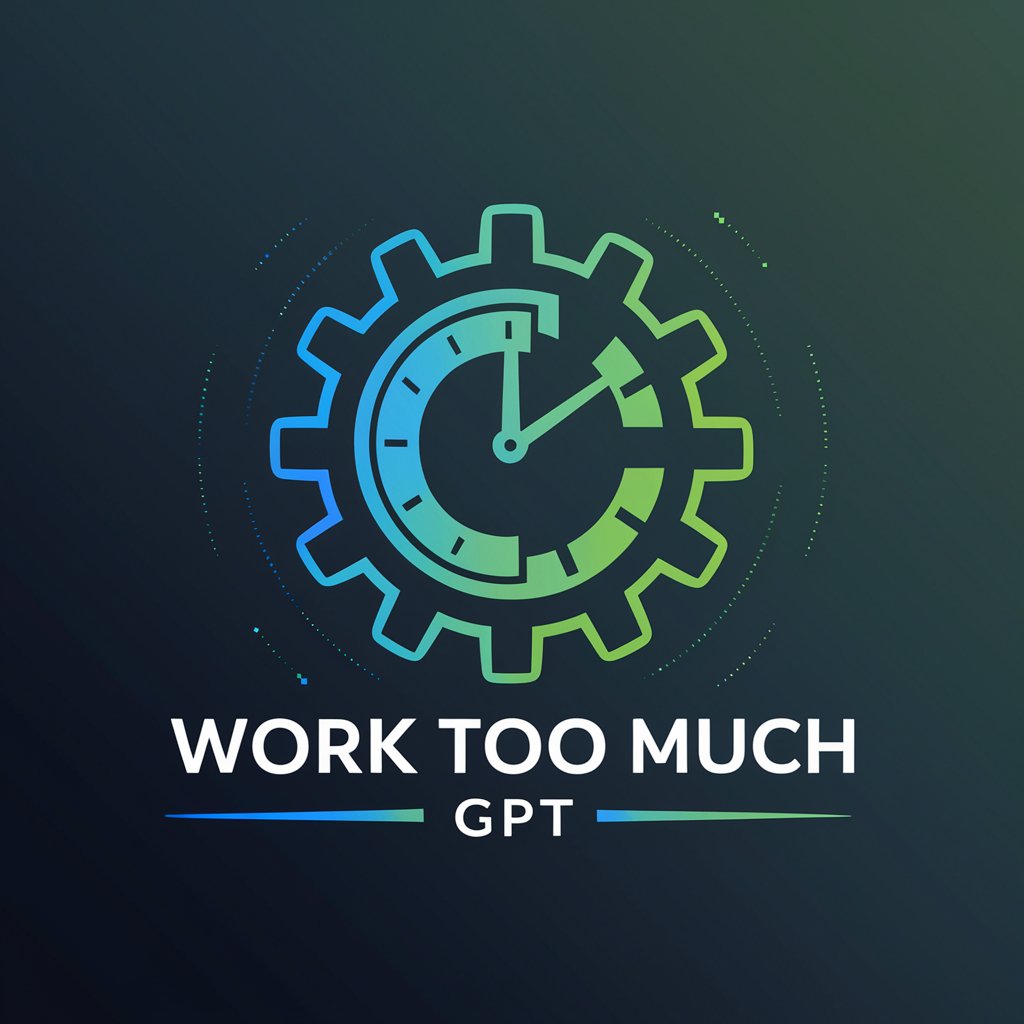
How Much is Too Much - AI-powered lifestyle guidance
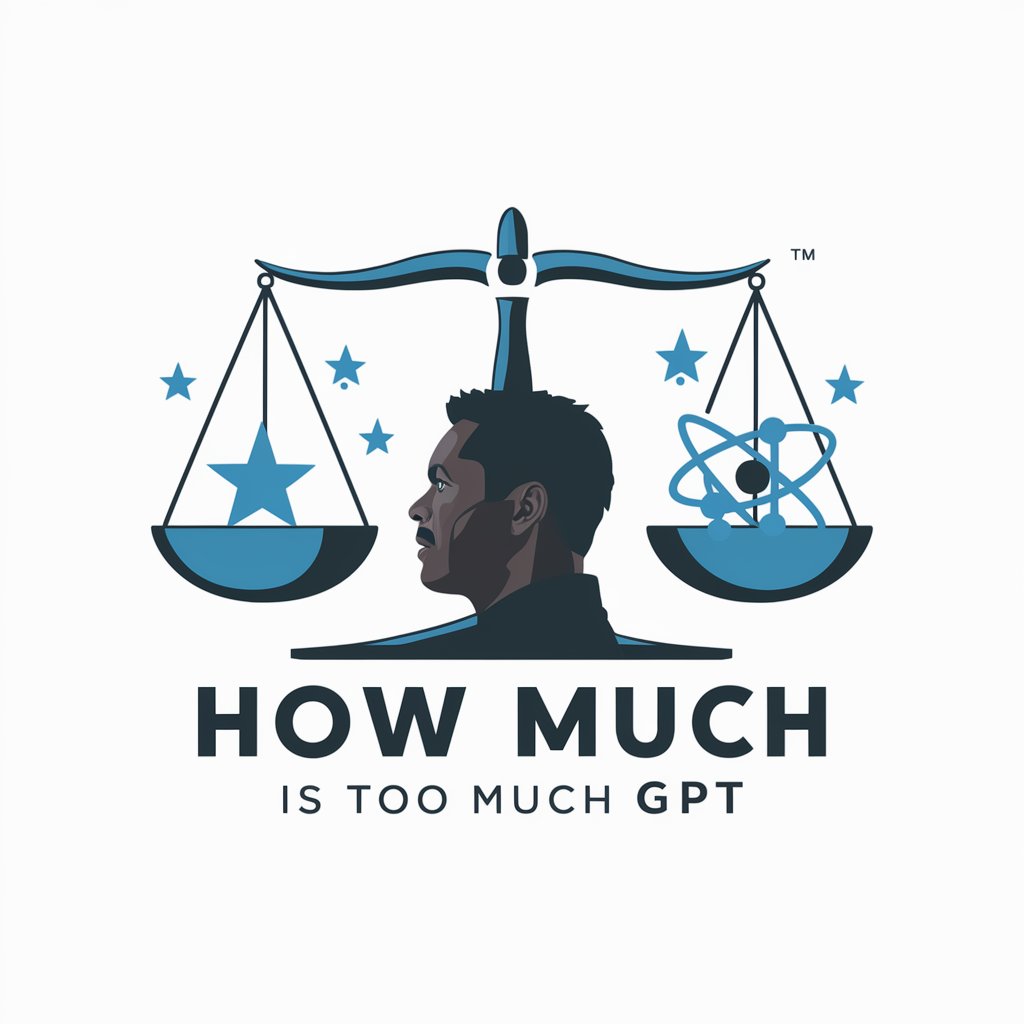
Welcome! Ask me how much is too much, and let's explore the science together.
Smart Limits with AI Insight
How much caffeine is too much to consume daily?
How much screen time is too much for children?
How much exercise is too much in a week?
How much sugar is too much in a diet?
Get Embed Code
Introduction to How Much is Too Much
How Much is Too Much GPT is designed as a specialized digital assistant tailored to address questions about moderation and excess in various aspects of daily life. This GPT focuses on providing answers based on peer-reviewed scientific research to offer reliable and precise information. The core objective is to assist users in navigating the often ambiguous boundaries of 'too much' in contexts ranging from nutrition to screen time, environmental impacts, and beyond. For instance, it can determine how much sugar is excessive for a person with a specific health profile or how many hours of daily screen time could be considered harmful for children, based on the latest studies. Powered by ChatGPT-4o。

Main Functions of How Much is Too Much
Nutritional Guidance
Example
Determining safe caffeine intake for different age groups.
Scenario
A user wonders how many cups of coffee per day are safe during pregnancy. How Much is Too Much would analyze recent studies and provide a personalized recommendation based on current health guidelines.
Digital Wellness
Example
Assessing optimal screen time for mental health.
Scenario
Parents are concerned about their teenager's screen time. The service could offer guidelines based on age-specific research indicating the maximum healthy screen time per day to help maintain good mental health.
Environmental Impact Assessment
Example
Calculating the ecological footprint of daily habits.
Scenario
An environmentally conscious user wants to understand how much their daily commute contributes to their carbon footprint. The tool provides detailed calculations and suggests more sustainable alternatives.
Ideal Users of How Much is Too Much
Health-Conscious Individuals
People interested in maintaining or improving their health through diet, exercise, and lifestyle choices would benefit from precise, science-backed information on safe limits and healthful practices.
Parents and Educators
This group is responsible for guiding children's habits and choices. They can use the service to find balanced approaches to nutrition, screen time, and activity levels, ensuring a healthy development for children.
Environmental Advocates
Individuals who aim to reduce their ecological footprint can utilize this tool to measure and understand the impact of their daily choices, from energy consumption to waste production, and receive guidance on making more sustainable decisions.

How to Use How Much is Too Much
Start Free Trial
Visit yeschat.ai for a trial without needing to login or subscribe to ChatGPT Plus.
Identify Your Query
Formulate a specific 'how much is too much' question related to daily life or academic topics.
Ask Your Question
Enter your question directly into the chat interface. Be specific to get the most accurate response.
Review the Response
Read the answer carefully. It draws from peer-reviewed sources for accuracy.
Follow Up
If needed, ask follow-up questions to deepen your understanding or clarify specific points.
Try other advanced and practical GPTs
How much is too much
AI-powered Moderation Guidance
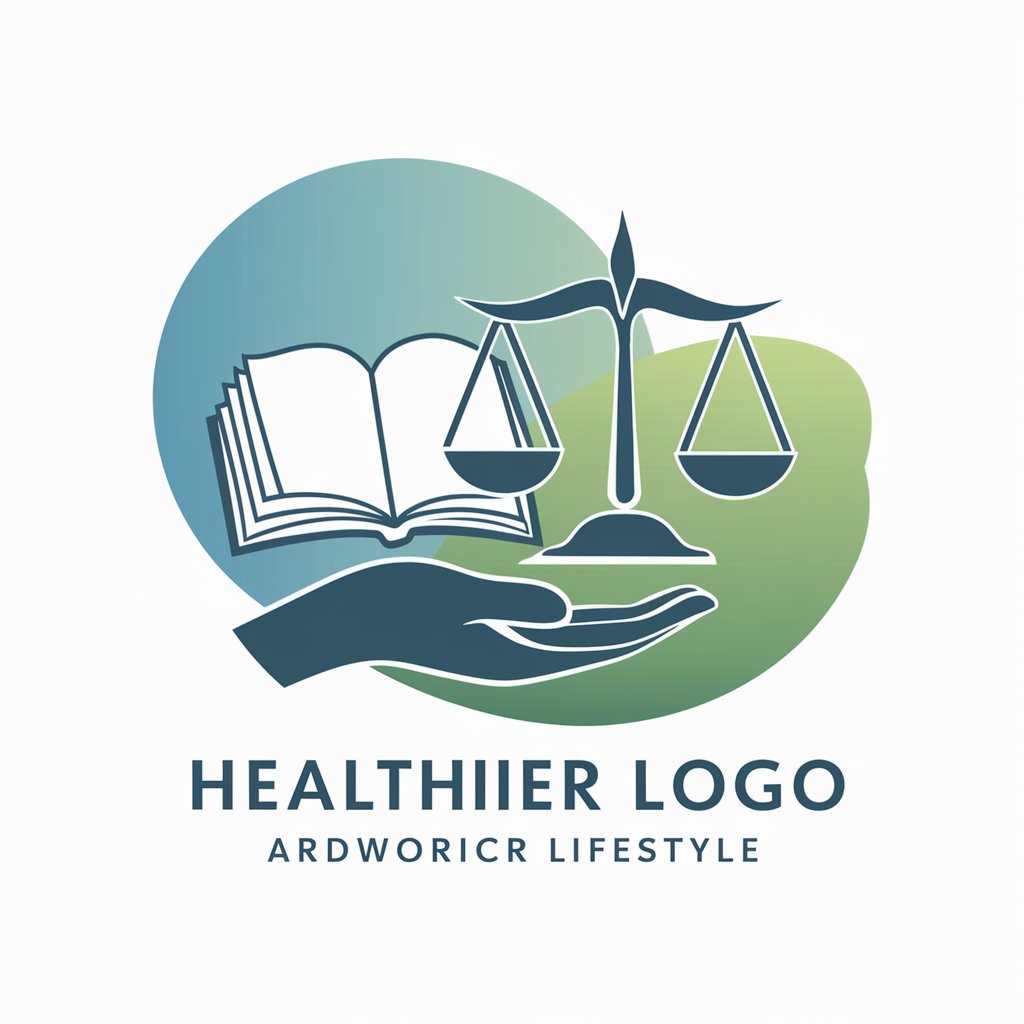
Hellscape: Nocnemare
Immerse in AI-powered dark adventures
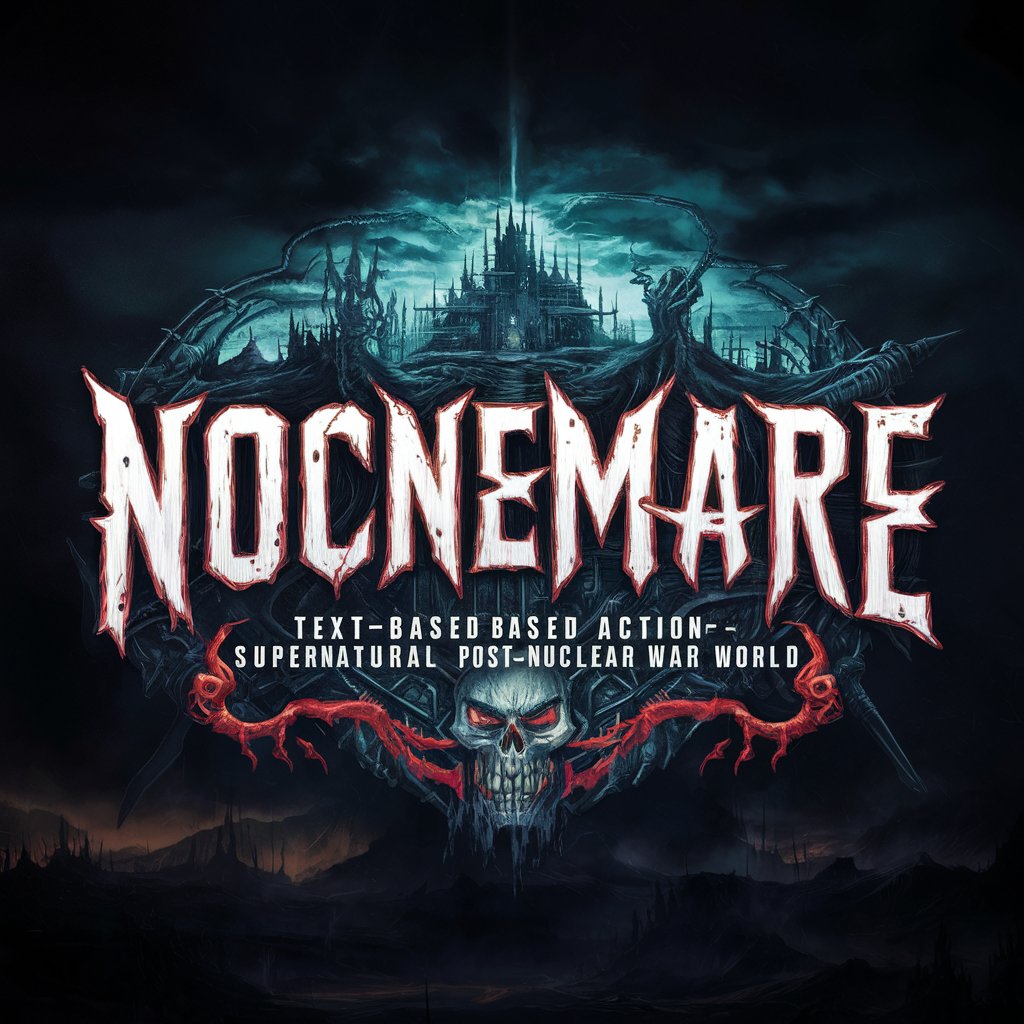
GPT Health
Empowering Health Decisions with AI
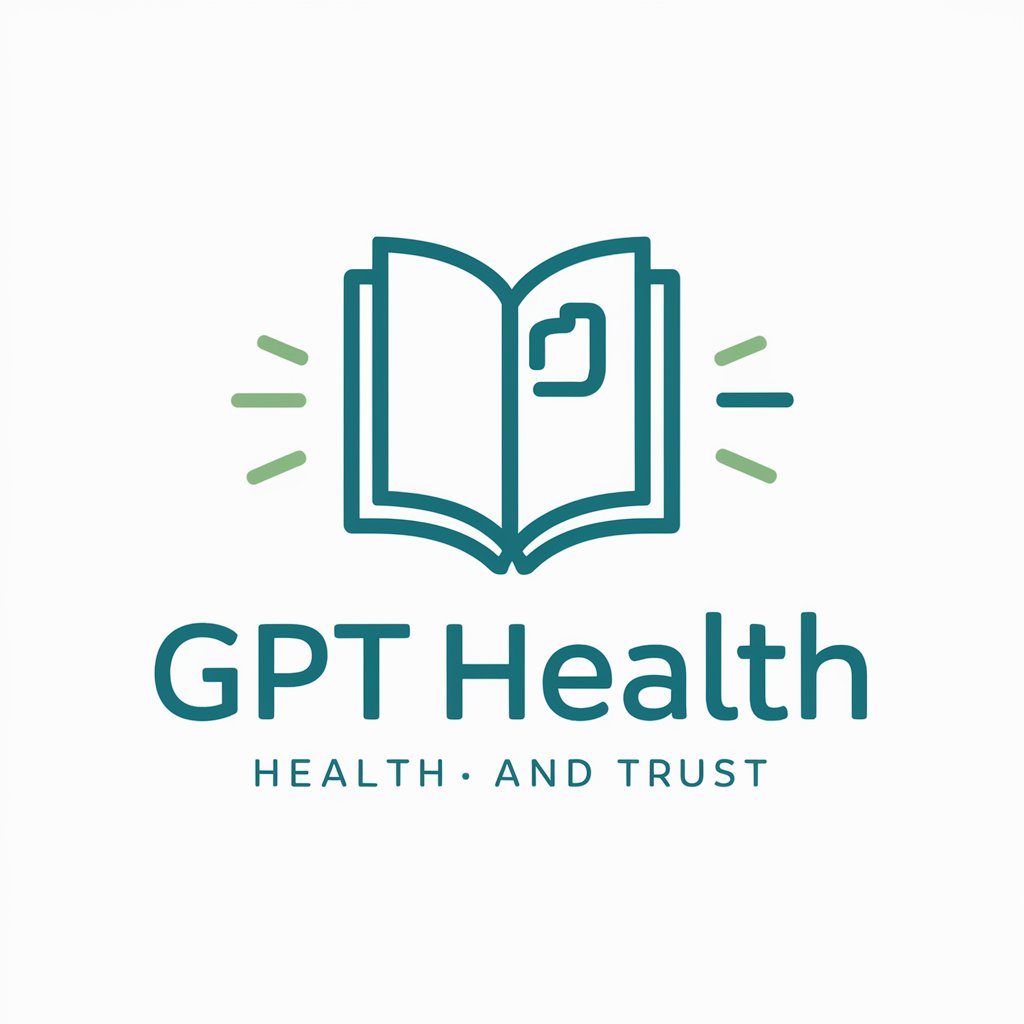
Mentor Python
Elevate Your Python Skills with AI
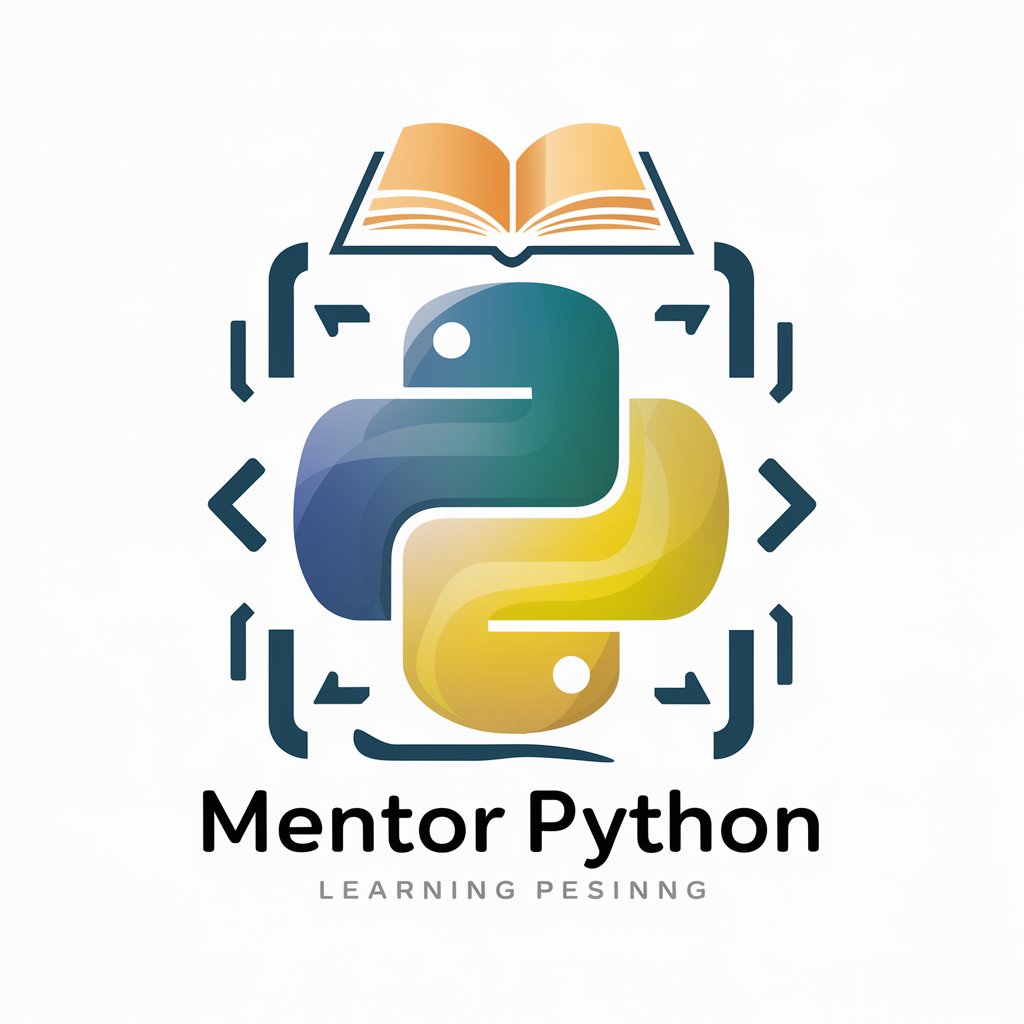
Date Planner
Plan Dates Seamlessly with AI

Reginald Lex
Gamifying Legal Wisdom with AI
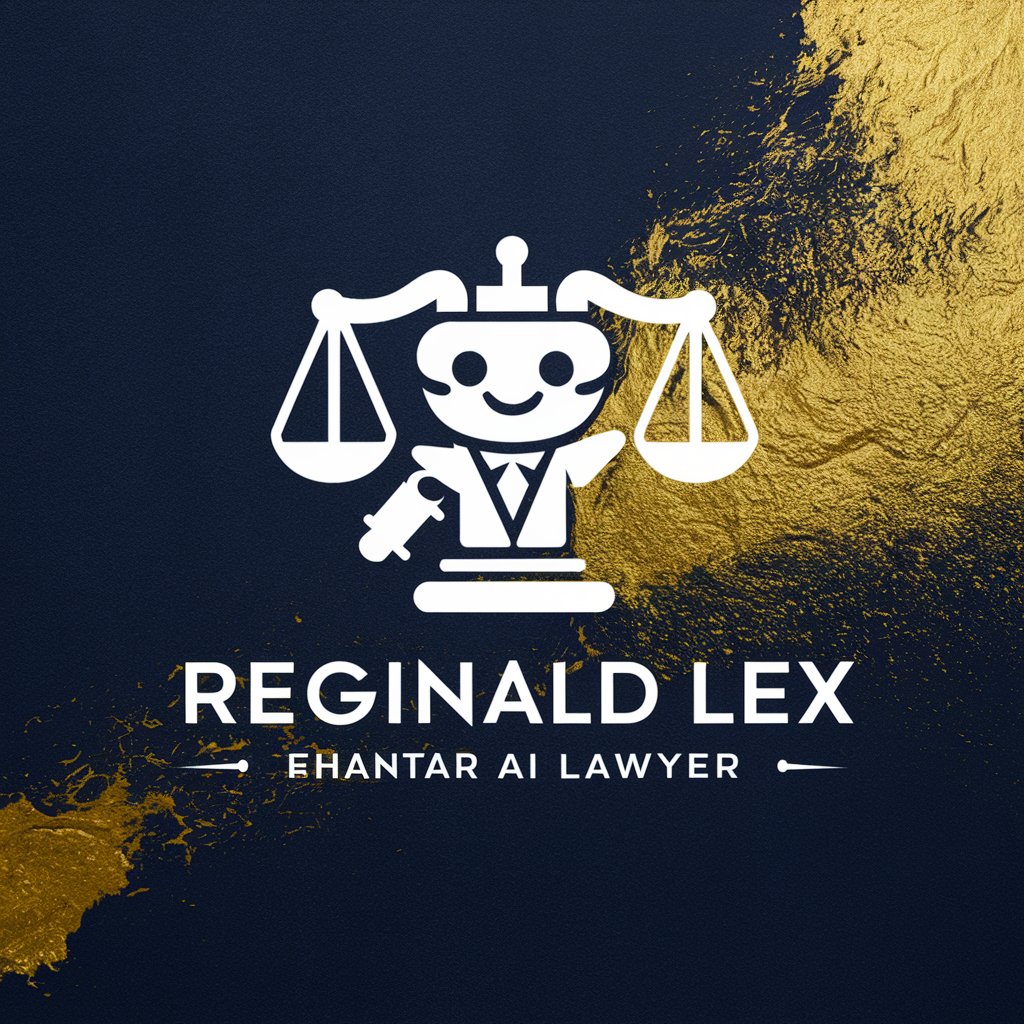
Much Ado About Beatrice
Reviving Shakespeare with AI
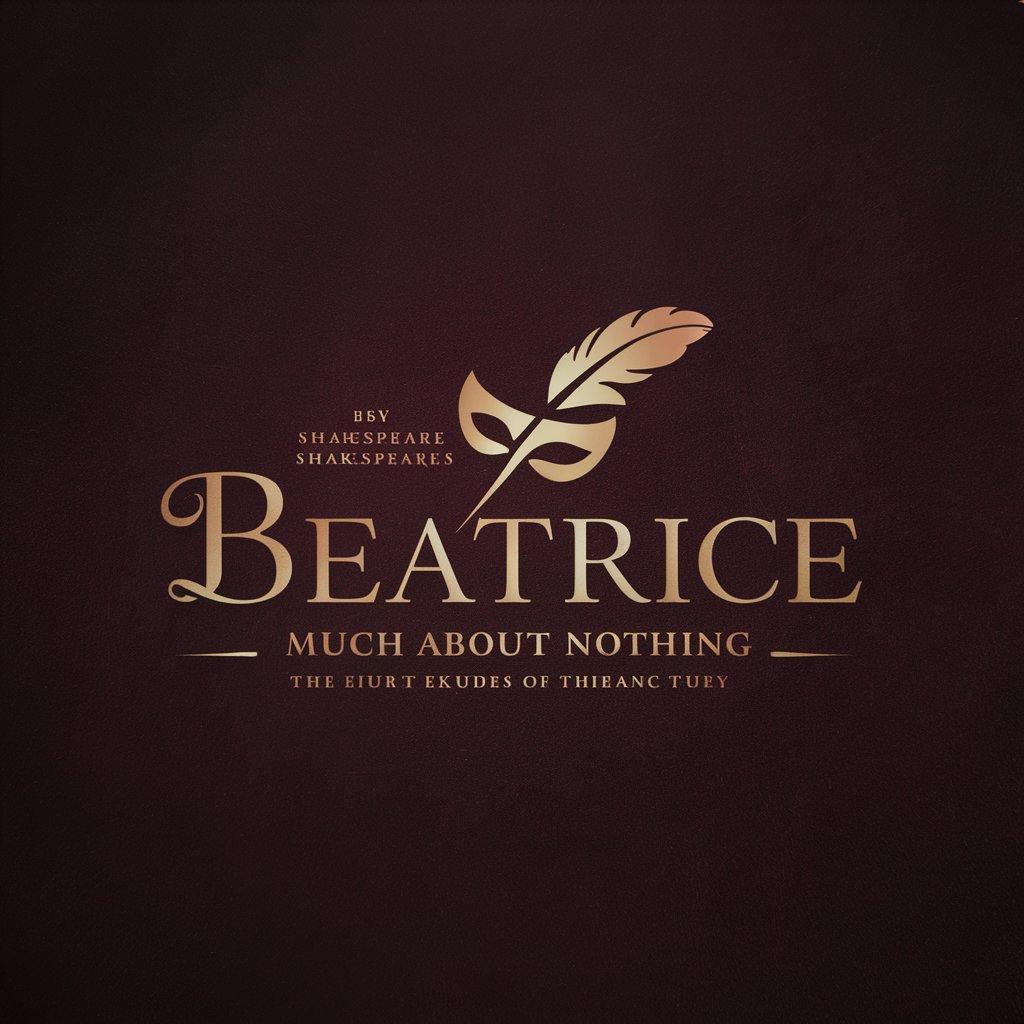
Software Development Ethics Mentor
Empowering Ethical Software Development
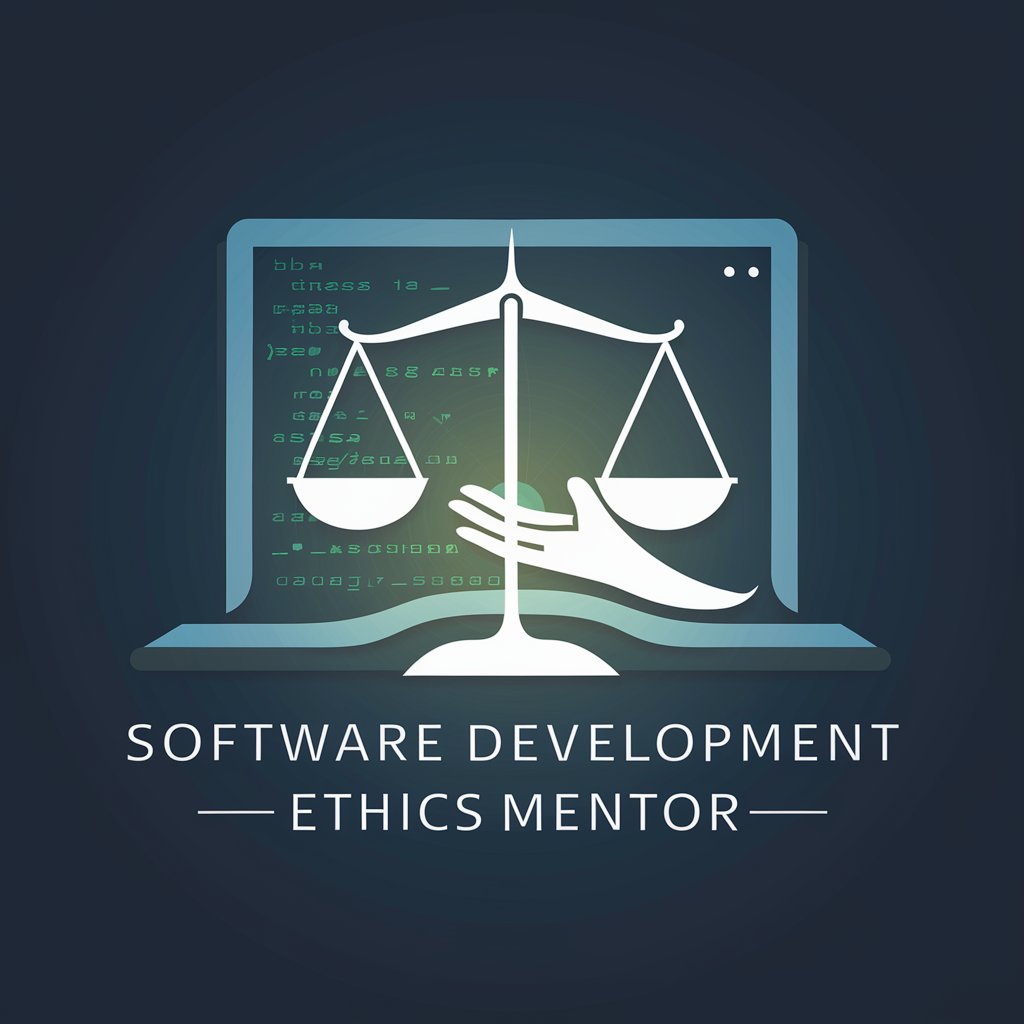
VR Master Guide AI
Empowering VR Innovation
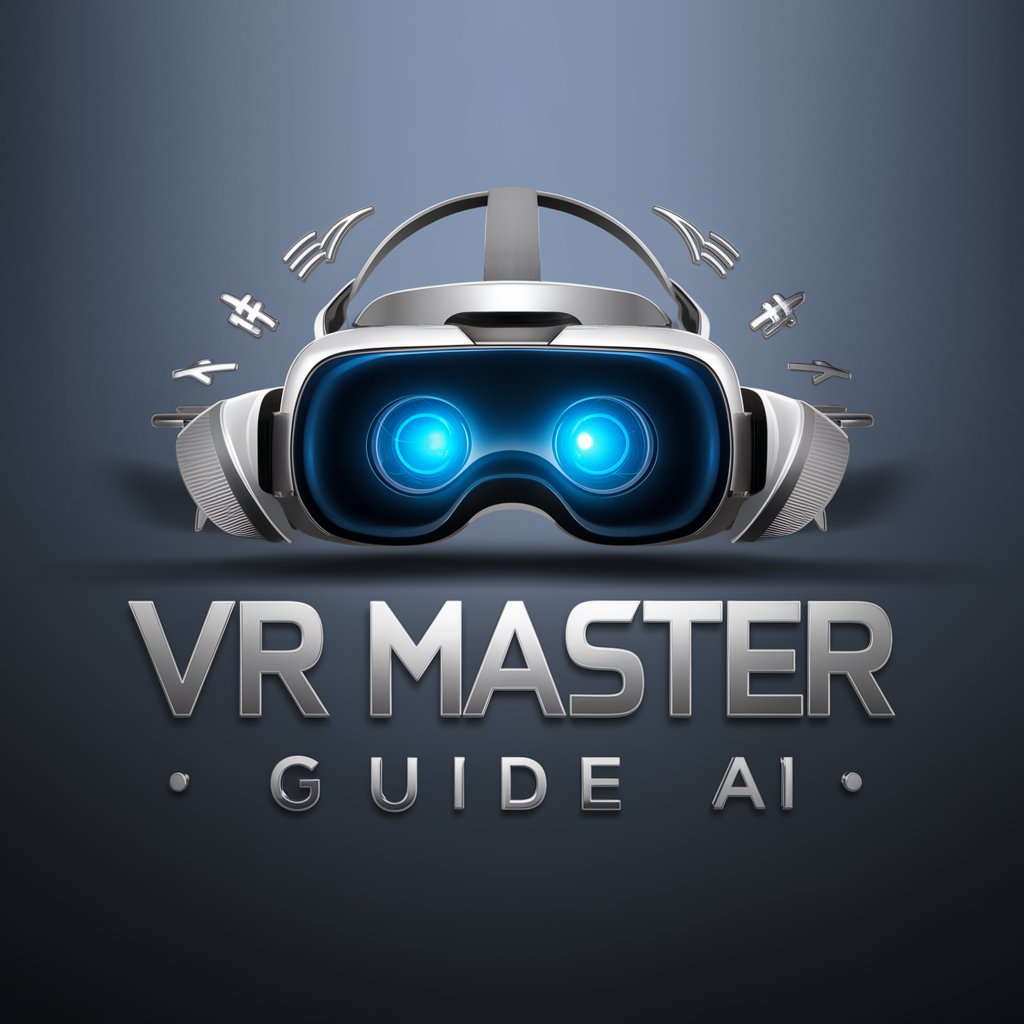
Chroniqueur du Printemps Arabe
Unveiling History with AI
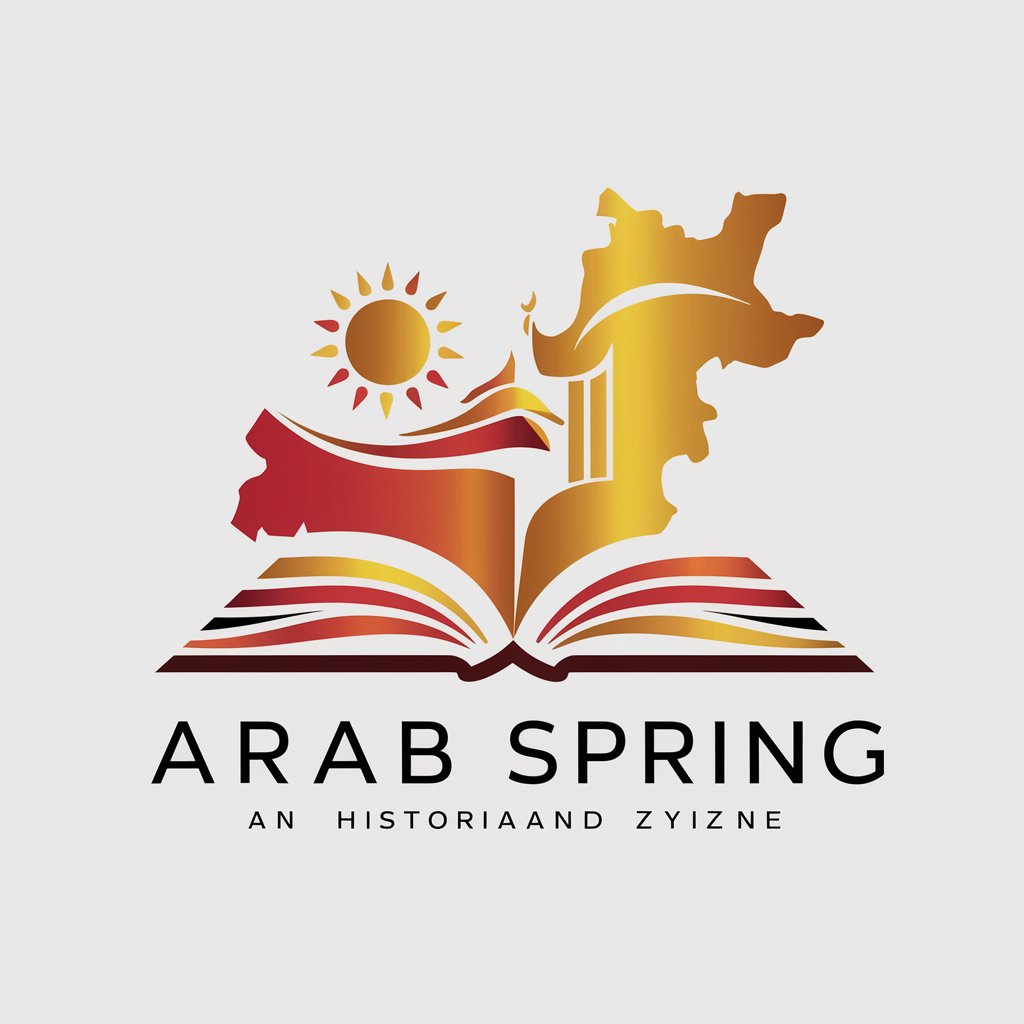
Research Assistant GPT
Streamline Your Scientific Exploration
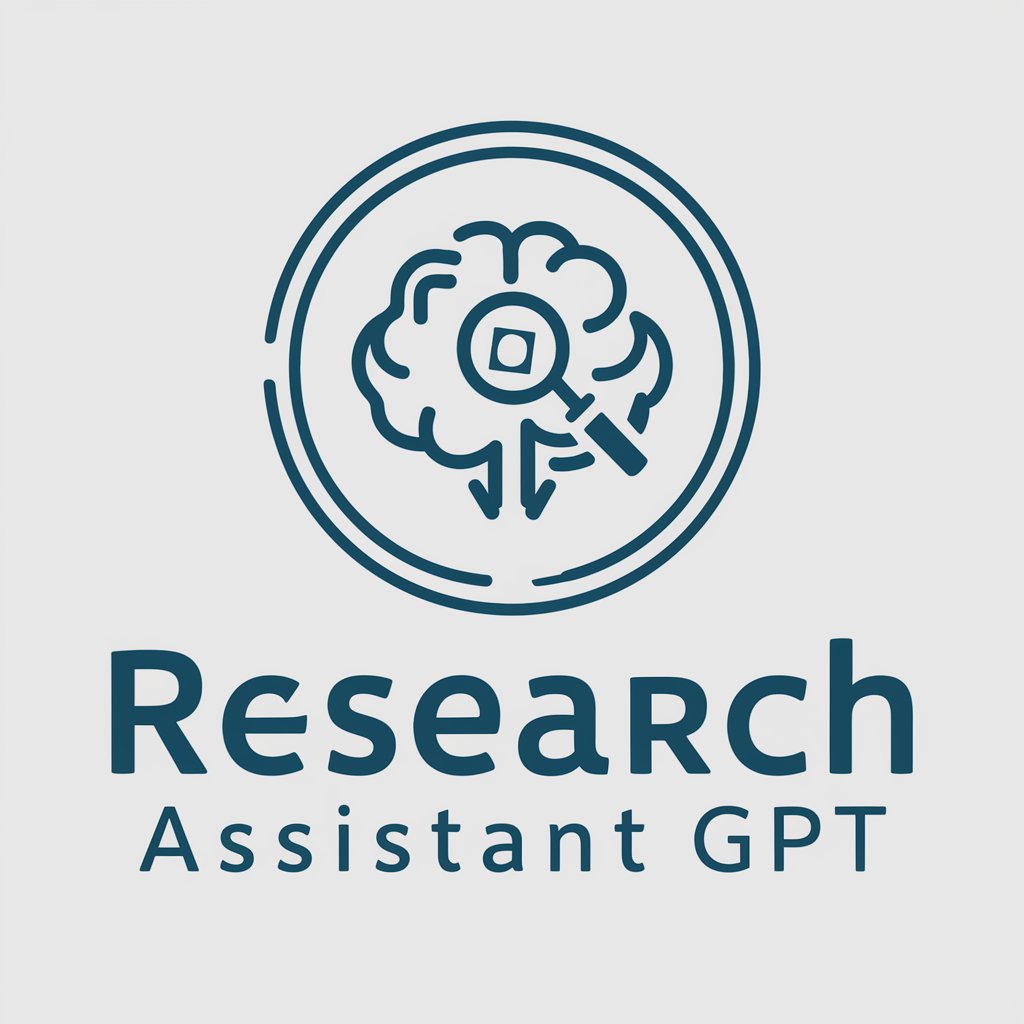
Natural Birth Advisor
Empowering Natural Birth Choices
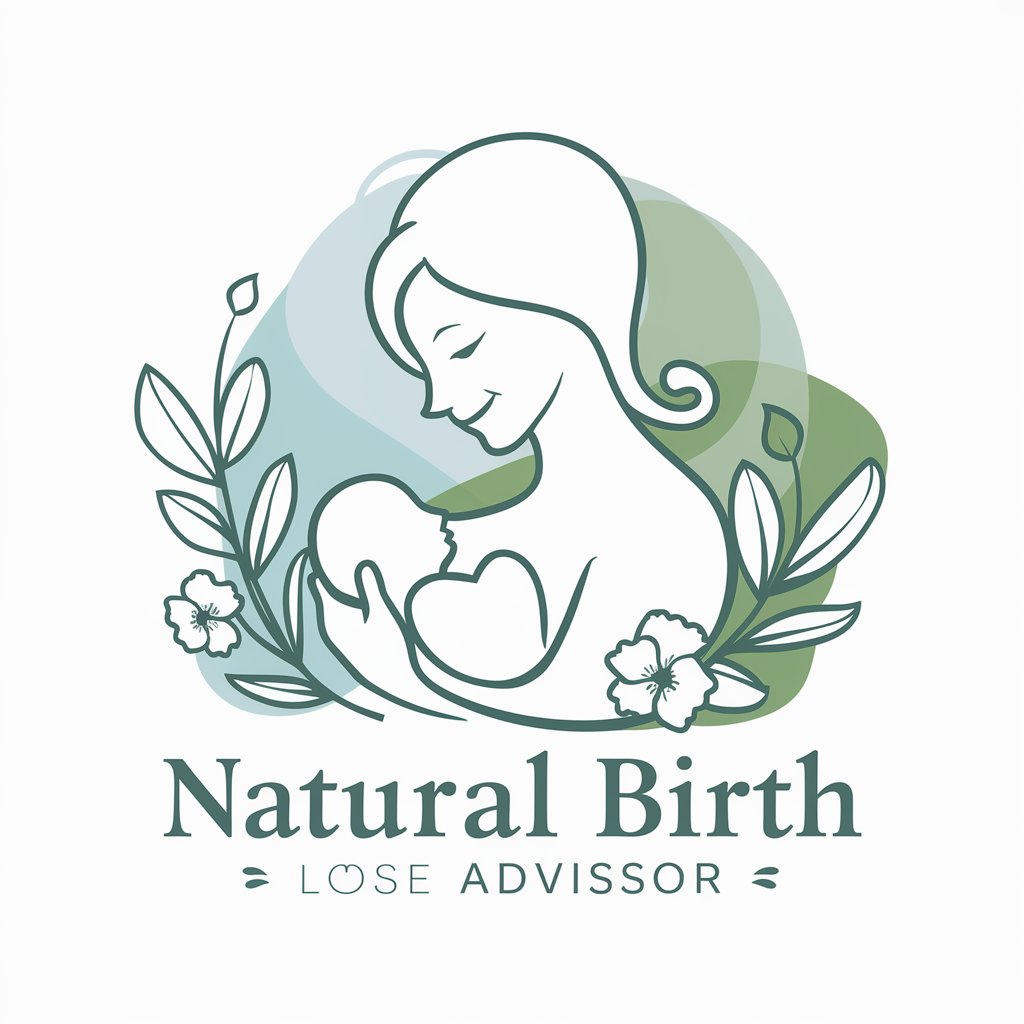
Common Questions About How Much is Too Much
What types of questions can I ask?
You can ask any 'how much is too much' questions, particularly focusing on daily life, health, nutrition, exercise, screen time, and study habits.
How does this tool ensure accuracy?
This tool sources information from peer-reviewed studies and reputable data sources, providing reliable and scientifically-backed responses.
Can How Much is Too Much assist with diet planning?
Yes, it can offer guidance on dietary limits like sugar, salt, or caffeine intake, helping you plan a balanced diet based on scientific studies.
Is there a limit to how many questions I can ask during the trial?
No, you can ask multiple questions to fully explore the capabilities and reliability of the AI during your trial period.
How can this tool benefit students?
Students can use it to find optimal study times and breaks, manage their reading loads, or understand the effects of screen time on sleep and academic performance.
